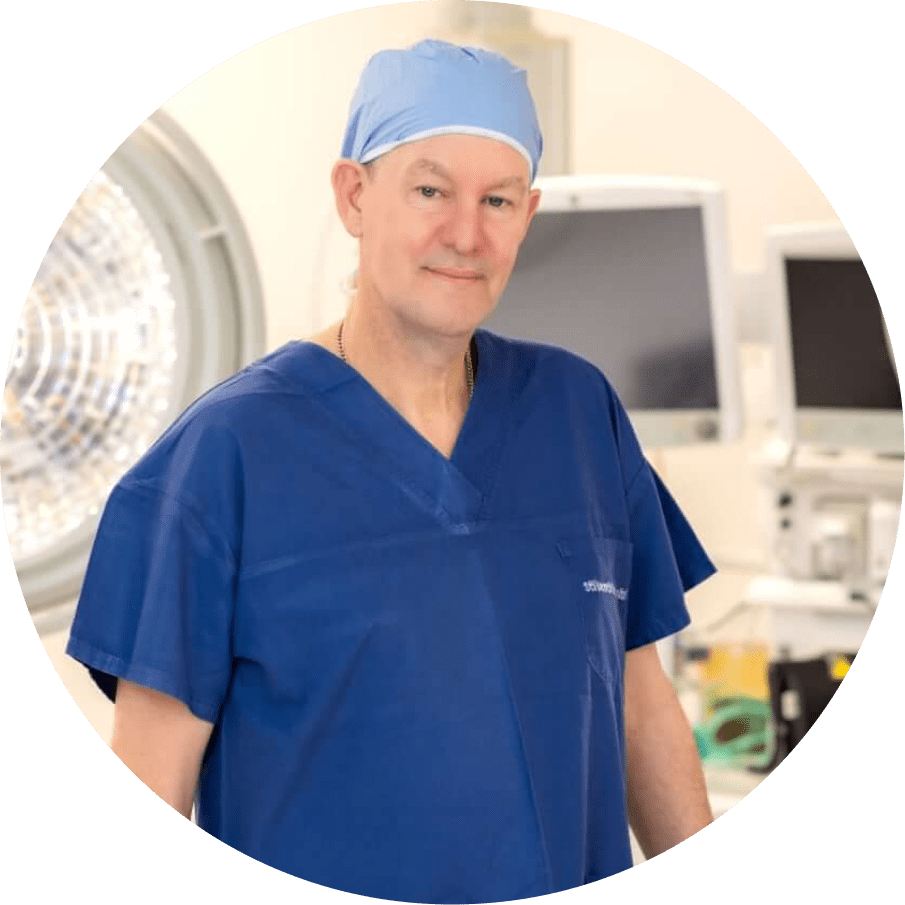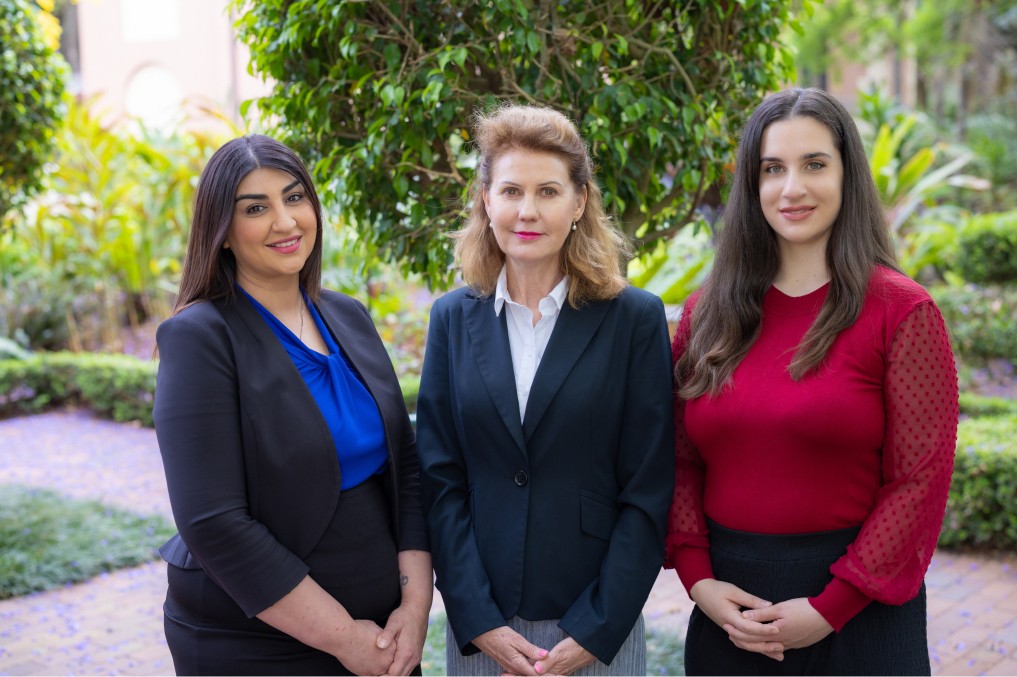The thoracic spine consists of 12 vertebrae (T1 to T12) and plays a crucial role in supporting the upper body and protecting vital organs within the chest. These conditions can be caused by factors such as trauma, degeneration, inflammation, or congenital issues.
Overview of common sport injuries, along with their causes and symptoms:

MBBS, BMedSci, FRACS
Neurosurgeon & Spine Surgeon with 25+ Years Experience
He consults and operates from Sydney’s most advanced neurosurgical and spinal surgery hospitals, including St Vincent’s Private Hospital, Prince of Wales Private Hospital and The Mater Hospital.
These hospitals offer the latest neurosurgical facilities, including cutting-edge imaging equipment and surgical navigation systems, dedicated and well-trained theatre clinical staff, as well as post-surgical rehabilitation specialists.
A/Prof Parkinson’s areas of expertise include surgery of the entire spinal column, scoliosis surgery, peripheral nerve surgery, as well as physical rehabilitation of athletes that have suffered a brain or spine injury.
Please get in touch with our reception team if you have a general enquiry for A/Prof Parkinson, or your would like to book an appointment.

Office open hours are between 8:30am to 4:30pm. Please call to make an appointment.
Copyright © iSpine 2024